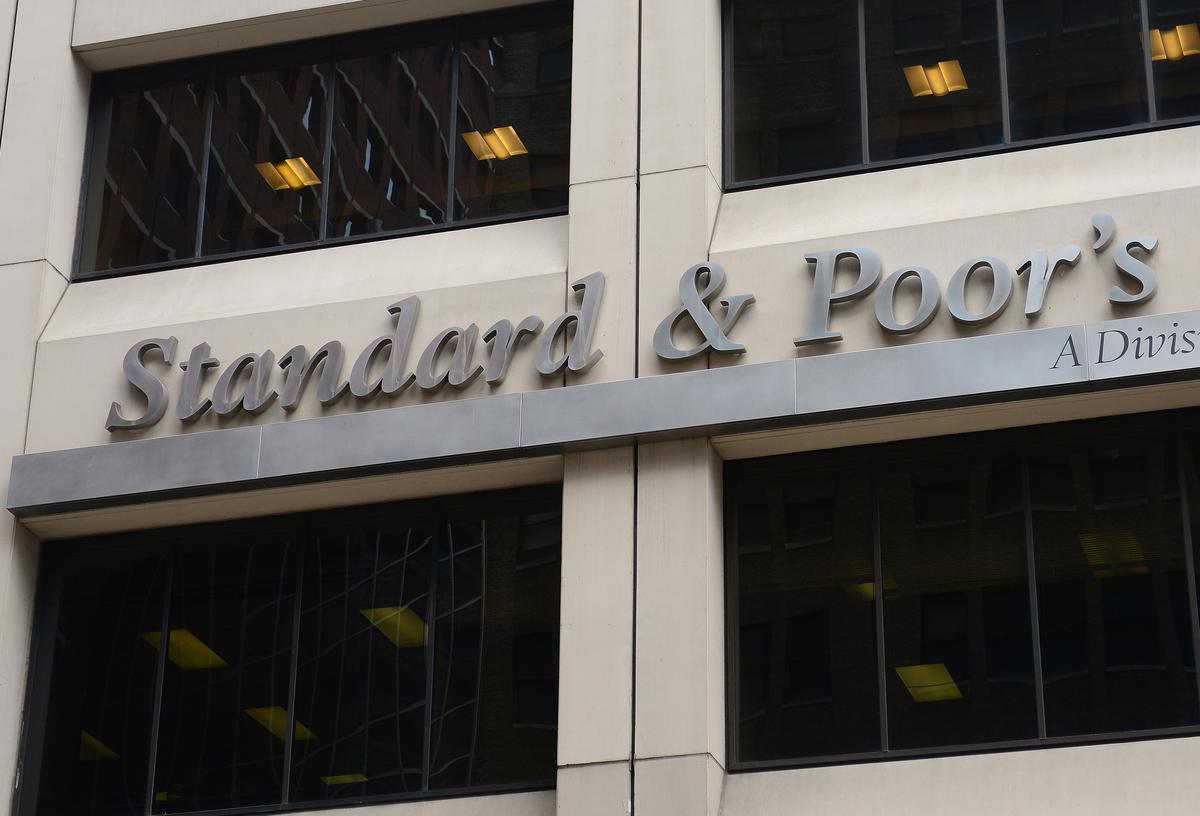
S&P downgrades multiple U.S. banks on growing liquidity worries
Standard & Poor’s (S&P) Ratings Services on Monday downgraded the ratings of several U.S. banks due to concerns about increasing liquidity risks.
The ratings agency said it lowered ratings for eight regional U.S. banks and their holding companies, including Capital One (COF), SunTrust Banks (STI), KeyCorp (KEY), and Fifth Third Bancorp (FITB).
The downgrade was based on the banks’ weaker liquidity positions due to the “rapid and dramatic deterioration in economic activity” caused by the COVID-19 pandemic. This increased the uncertainty of the financial sector and prompted S&P to revise its rating outlook on the banking system to negative.
The ratings agency said it expects the banks’ liquidity profiles to remain under strain for the rest of 2020 and into 2021. It noted that the declining business activity caused by the pandemic will reduce lending opportunities and investment yields, as well as increase the risk of loan losses.
At the same time, S&P warned that potential regulatory measures could further limit the banks’ ability to borrow money to fund their operations. It said that, while the Federal Reserve has provided extensive support through a range of liquidity and regulatory measures, the potential for additional rescues is uncertain.
Despite the downgrades, S&P said that most of the affected banks remain well-capitalized and financially sound. It said that the banks’ asset quality and capital buffers have provided corrective cushion for a long time and should continue to do so for some time.
The downgrades should remind investors to continue monitoring the liquidity positions of banks as well as the regulatory and economic environment, which could also affect the sector.
